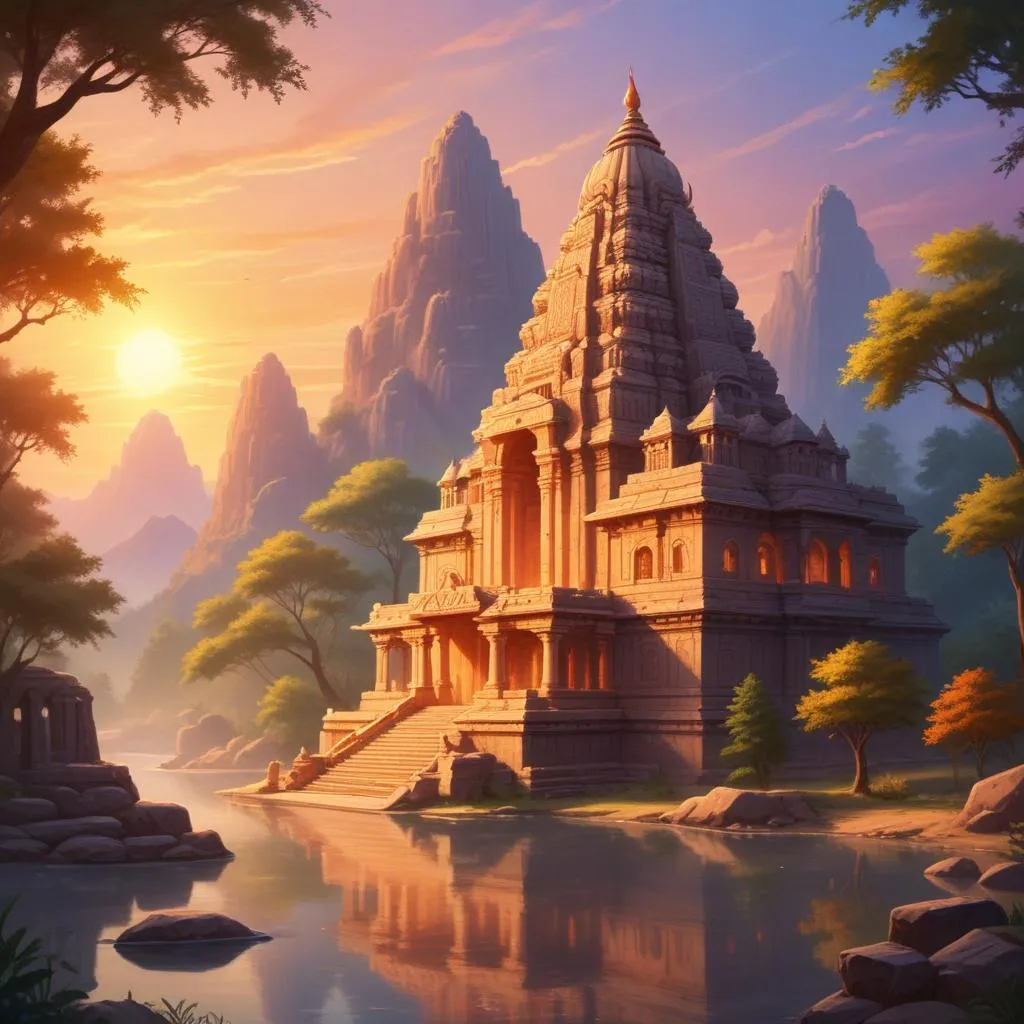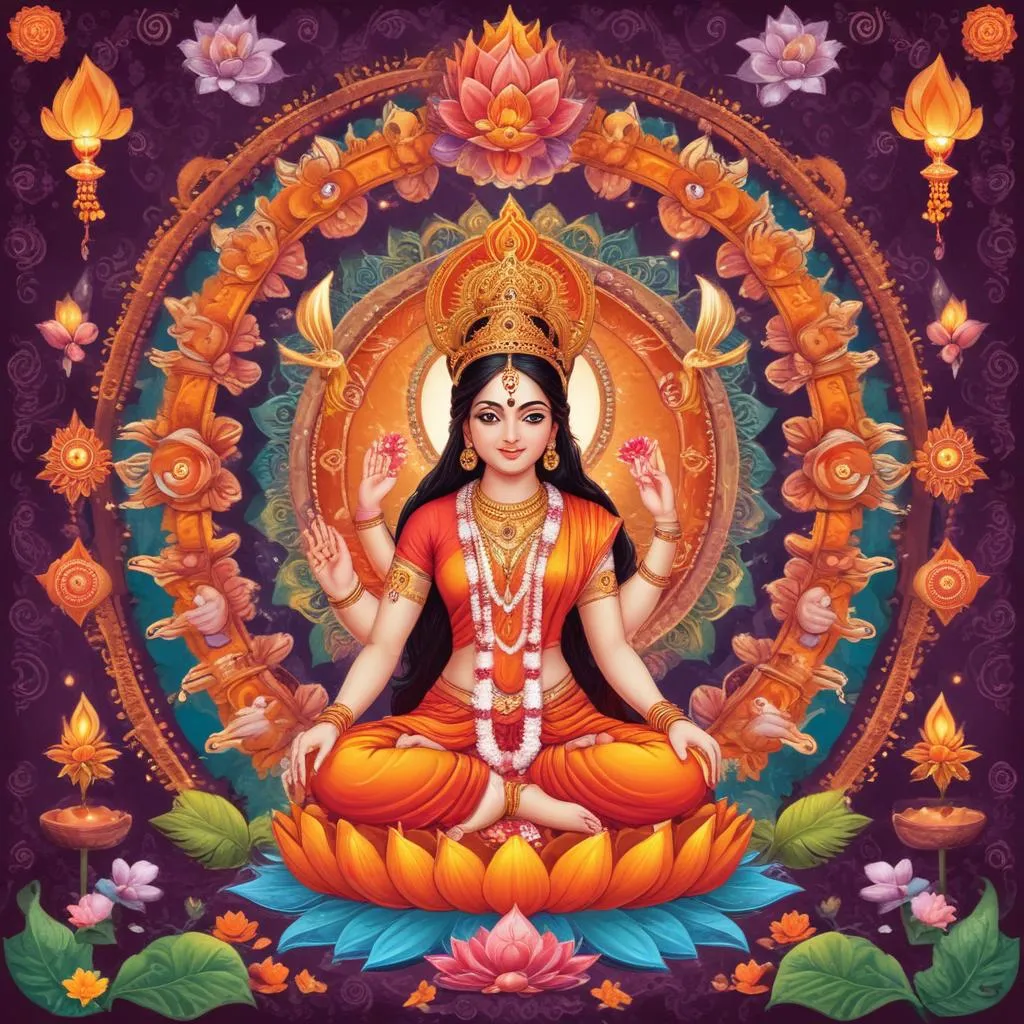
The spiritual significance of temples in understanding divine connections
In Hindu mythology, the relationship between deities often reveals profound spiritual truths. One of the most fascinating connections exists between Hanuman, the devoted monkey god, and Shiva, the supreme ascetic. While Hanuman is primarily known as an incarnation of Lord Vishnu's aspects, many scriptures and traditions also identify him as an avatar or manifestation of Shiva, specifically in his fierce Rudra form.
The Theological Connection: Shiva and Hanuman
The concept of Hanuman as an avatar of Shiva finds its roots in several Puranic texts and regional traditions. According to these sources, when Lord Vishnu was to incarnate as Rama, the gods were asked to help him in his mission against the demon king Ravana. Shiva promised to incarnate as Hanuman, a vanara (monkey-like humanoid), to serve Rama and assist in the divine plan.
This connection explains why Hanuman embodies both devotional service (bhakti) and immense power—qualities associated with Vishnu and Shiva respectively. His unwavering devotion to Rama represents the Vaishnava aspect, while his incredible strength, ascetic practices, and fearsome appearance in battle reflect the Shaiva qualities of Rudra, the fierce form of Shiva.
Rudra: The Furious Aspect of Shiva
To understand Hanuman as Rudra's form, we must first comprehend who Rudra is. In Vedic scriptures, Rudra is a primordial form of Shiva—the howler, the terrible one, the lord of storms and hunt, but also the divine healer. Rudra represents the destructive aspect of the divine that makes way for new creation, the fierce power that removes obstacles and destroys ignorance.

Symbolic representations of divine energy in Hindu tradition
Hanuman embodies this Rudra energy in several ways:
- Destructive Power: Like Rudra, Hanuman displays tremendous destructive capability when confronting evil forces, as seen in his burning of Lanka.
- Healing Abilities: Rudra is known as the divine physician, and Hanuman is worshipped for granting health and removing ailments.
- Fierce Appearance: In battle, Hanuman's formidable form echoes Rudra's terrifying aspect that destroys negative forces.
- Vedic Connections: Some scholars note parallels between Hanuman and the Vedic description of Rudra as the lord of animals and forests.
Scriptural Evidence and Traditional Beliefs
Several texts support the identification of Hanuman with Shiva:
Shiva Purana
The Shiva Purana explicitly states that Shiva incarnated as Hanuman to serve Lord Rama. It describes how Shiva took birth through Anjana and Kesari to assist in the divine play of Rama's incarnation.
Skanda Purana
This text also acknowledges Hanuman as a manifestation of Shiva, particularly highlighting how Shiva divided himself into eleven forms, with Hanuman being one of them.
Regional Traditions
In many parts of India, especially in South India, Hanuman is worshipped as a direct manifestation of Shiva. Some temples even house both Shiva lingams and Hanuman murtis as complementary representations of the same divine energy.
The Symbolic Significance
The connection between Hanuman and Shiva carries deep symbolic meaning for devotees:

Natural settings often inspire contemplation of divine connections
- Unity of Divine Forms: It demonstrates that different deities are not competing forces but complementary aspects of the same ultimate reality.
- Balance of Qualities: Hanuman represents the ideal balance between power (Shiva) and devotion (Vishnu), showing devotees how to harmonize these qualities in their spiritual practice.
- Accessible Divinity: As Hanuman, Shiva becomes more accessible to devotees—a compassionate helper rather than just a distant, formidable ascetic.
- Destruction of Ego: Both Hanuman and Rudra represent the destruction of the ego, which is the ultimate obstacle on the spiritual path.
Worship Practices and Temples
The Shiva-Hanuman connection is reflected in various worship practices across India. Many Shiva temples feature Hanuman shrines, and vice versa. Tuesdays are considered especially auspicious for worshipping both deities. Some unique traditions include:
- Applying sindoor (vermilion) to Hanuman idols, which is also sacred to Shiva
- Reciting Rudra mantras for Hanuman worship
- Offering bel leaves (traditionally offered to Shiva) to Hanuman in some regions
- Observing similar fasting practices on Mondays (for Shiva) and Tuesdays (for Hanuman)
Conclusion: Embracing the Divine Unity
The identification of Hanuman as an avatar of Shiva reveals the profound unity underlying Hindu theology. It reminds us that the divine manifests in multiple forms to serve different purposes in the cosmic order. Hanuman, as Rudra's form, represents the perfect fusion of destructive power and devoted service—the fierce energy that removes obstacles both external and internal, clearing the path for spiritual progress.
For devotees, understanding this connection deepens their appreciation of both deities and highlights the inclusive nature of Hindu spirituality, where different divine forms are recognized as manifestations of the same ultimate reality, each serving a unique purpose in the spiritual evolution of devotees.